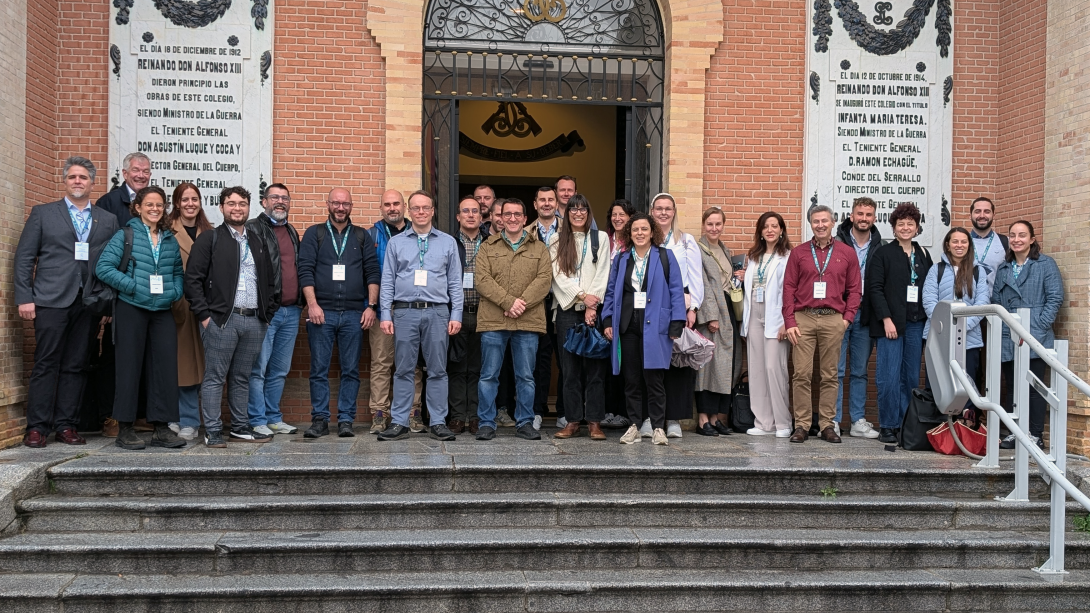
On 02-03 April 2025, the FERMI partners gathered in Madrid at the premises of Guardia Civil to hold their 6th major consortium meeting.
More specifically, the first day of the gathering was devoted to the three special activities the FERMI partners had decided to embark on whilst meeting in-person for the first time in a while. Those included a session, where the LEA training material was presented and evaluated, a symposium on disinformation and a workshop on the socio-economic impact of crime.
The LEA training session was moderated by Miia Sainio (Police University College Finland) and included an in-depth presentation of the training material on Artificial Intelligence and the different tools of the FERMI platform, delivered by Michael Victor Lo Giudice (UCSC-Transcrime).
The disinformation symposium included presentations on “Delineating disinformation: The legal and conceptual landscape”, held by Flavia Giglio (KU Leuven), “The disinformation challenge in Spain”, held by a disinformation expert from Guardia Civil, and “The nexus between extremism-induced disinformation campaigns and crime”, held by Michael Victor Lo Giudice.
Whilst the legal and conceptual landscape is still ridden with competing definitions and interpretations, disinformation is widely understood as false allegations that are being shared deliberately; according to the EU’s most recent understanding, mostly to cause harm or for profit. The FERMI project’s focus on the nexus between disinformation and politically motivated violence notwithstanding, it was clarified that the Spanish authorities are mostly worried about foreign manipulation campaigns such as those originating from Russia and China. With regards to the crime nexus, UCSC-Transcrime’s work on the impact of conspiracy theories was discussed. Interestingly, there is a growing research literature that corroborates anecdotal evidence suggesting there is a link between incorrect beliefs and (violent) crime.
In the afternoon, the Brandenburg Institute for Society and Security (BIGS) held the above-mentioned workshop on the socio-economic impact of crime. Tim Stuchtey, Adelaide Baronchelli and Georgios Kolliarakis laid out a model that grasps the economic costs of politically motivated crime and has been examined in the context of German and Spanish use cases before opening it up for a discussion on the requirements for the practical adoption of said model by law enforcement agencies. Feedback was collected from the law enforcement agency partners who were present, mostly from the Spanish colleagues from Guardia Civil and the Spanish National Police that emphasised the promise of communicating the costs of crime in the form of policy papers, whilst being open to the model’s incorporation into a tool that proposes counter-measures, which is part of the FERMI platform (the Community Resilience Management Modeler, to be exact).
On day 2, the FERMI consortium held its regular meeting on the project’s implementation, which included presentations on the status of all ongoing Work Packages (WP), namely those on the FERMI tools and models (WP3), the platform’s integration (WP4), pilots and validation (WP5), and communication, dissemination, and exploitation (WP6). Further presentations addressed the role of innovation management and the progress made in the fields of exploitation, operational standards and training the general public and law enforcement agency professionals alike. The project was found to be well on track with the two outstanding pilots of the second and last round of iterations being ready to be organised.